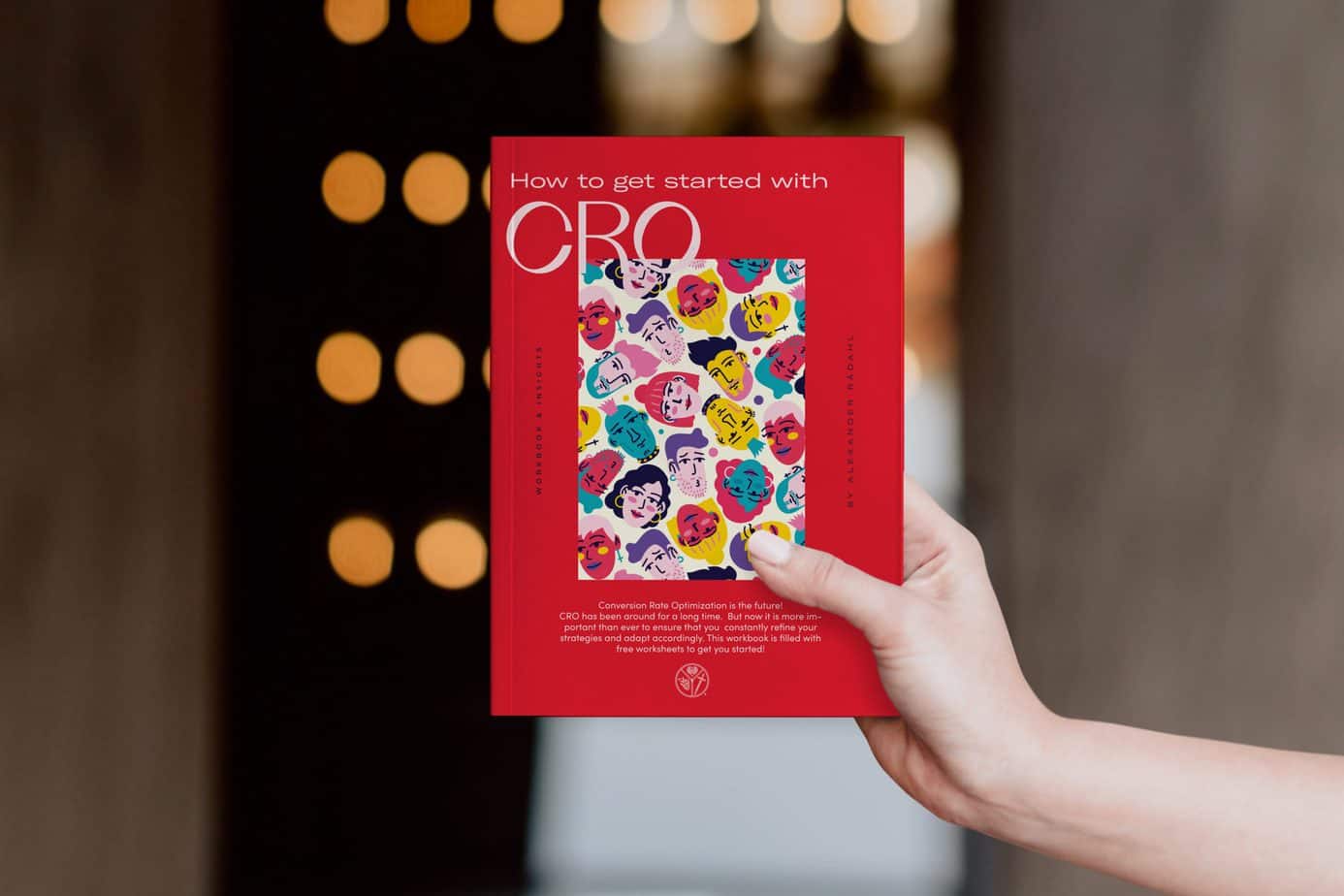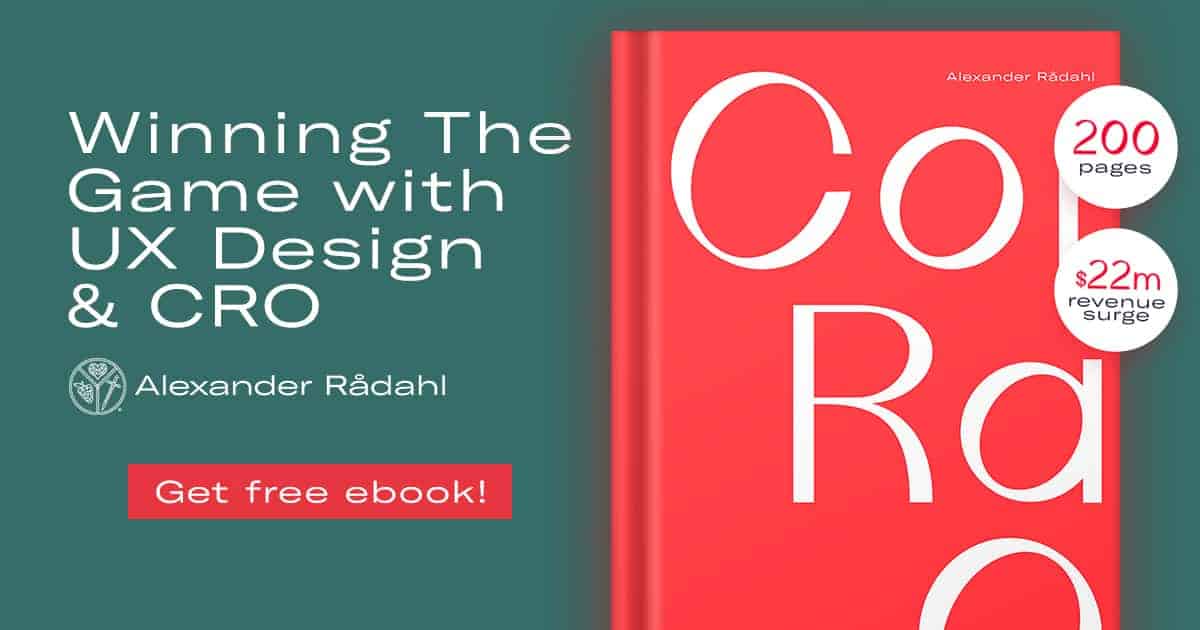UX and user research is a critical component of the design process and should not be overlooked. It is essential to understand your user before beginning any project to ensure that you are designing with them in mind.
The most common misconception about UX research is that it is just another form of market research or focus group. This couldn’t be further from the truth! Market research can give us insights into what people like and don’t like about specific products but does little to tell us why they feel this way and how their preferences compare with other potential users.
UX researchers spend time observing real users as they go about their everyday lives — whether at work or on a competitor’s website — to understand better who our user base is and what they want with the help of different UX research methods like usability testing, observation techniques, and more.
This article will discuss the importance of UX research and how it should be incorporated into your design process. This is an excerpt from my upcoming book on Conversion Rate Optimization and UX design. You can subscribe to my newsletter to find out when it’s out for pre-order!
The most important thing to remember about UX research is that this type of experience will vary from person to person, depending on their age or gender. Hence, you want to aim for a universally balanced understanding of what people are looking for when navigating through the product in order to create an incredible user experience!
Most designers have a strong sense of how they want their product to function and the features they want it to include. But, designing without research is like building a house without an architect’s blueprints!

The UX designer researches user behavior and needs to create a coherent design encompassing all sides of the process and build a bridge between the users needs and wants, and a functional and beautiful design.
In the last couple of years, the process of doing proper UX research has been put on the agenda for companies that want to create a product that resonates with their customers and user group. Through this research, UX designers can create a design that reflects how people want to use the product, not simply what they think is the best way to use it.
“The UX research you do is the absolute foundation of the entire design process from start to finish. It prevents you from building the wrong product and will back you up with real data as to why you took certain design decisions.” Says Darvin Ryckaert — UX specialist at CHILIpublish.
We will look into some examples of why UX research is so essential for designing successful products and give you some general guidelines on how to do proper UX research. A lot has been written about UX research. However, many companies still don’t know exactly what this entails or why we need it to make our designs more effective and get customer satisfaction rates up.
Designers are always looking for ways to improve their work. It’s often difficult to identify the flaws in your design, and it can be tough to know where you could have improved on things. The best way to find out is by testing your designs with real people, which is why user testing should be an essential part of any designer’s process.

Before you spend hours on a new project, have someone test different parts of it as you develop it.
While talking to Senior UX designer Catinca Varga from Creative Navy UX Agency about the importance of user testing, she told in what way previous research results influenced her future design work:
“[…] The insights we gain during user research are very dependent on the industry and can’t be extrapolated to other niches. For example, let’s say a problem has multiple solutions, but only one is suitable for its specific industry, whereas the alternatives would be suitable to another. One solution could be used in both situations, but that wouldn’t be the best approach, would it?”
Varga continues: “Long story short, the solutions to complex problems are very much dependent on industry, context and users. In this case, users are the most prevalent variable because people working in a specific niche have the industry, the digital product, and the work environment as commonalities. They help us uncover specific needs and pain points that aren’t comparable to those found among users working in other industries.”
User testing can help designers solve problems with UX design by improving customer satisfaction rates and finding ways to increase conversion rates. It helps them make informed decisions on how they want to enhance designs before spending hours working on something that may not work as well as they had hoped. When done correctly, user tests provide valuable insight into what customers are looking for, so the designer can iterate quickly and get the traction it’s meant to get.

The success of your product can often depend on how much research you do from the user’s point of view.

The key to conversion and retention is focusing on customer needs and converting them into features by carrying out a lot of UX research. It will enable you to create ground-breaking products, understanding customer psychology, which ultimately helps in long-term successes.
But I know how hard it can be to fight for the time needed to do proper UX research. Based on my experience, UX research is essential, and it’s not something that should be overlooked.
User experience research is a vital part of the development process. It’s not something that should be overlooked or simply tacked on as an afterthought.
UX research helps you create ground-breaking products with a sound understanding of the needs and expectations of customers. By carrying out UX Research from day one, it will enable businesses to maximize customer conversion rates through better understanding their psychology and providing opportunities for increased retention in long-term goals.
Time for proper UX Research can be difficult when many other things require our attention, but don’t let this happen! You owe it to yourself, your team, and, above all, your users to make decisions that are based on insight into the needs of those you design a product or service for, and so does the stakeholder who has an interest in what they have invested their time and money in.
In conclusion, UX research is not only a critical component of the design process, but also vital. It should be undertaken at all stages to ensure that our customers have everything they need for an enjoyable experience. The most common misconception about UX research is that it’s just another form of market research or a focus group; this couldn’t be further from the truth!

Furthermore, UX research can save your business time and money by understanding customer psychology early on in the project cycle. By carrying out UX research from day one, businesses will maximize conversion rates by better understanding their needs and providing opportunities for increased retention in long-term goals.
In next week’s article, we will explore more in-depth on how to conduct the user research.

I’m currently working on my book on the subject of CRO and UX, and how they complete each other for a better user experience. This book is for the aspiring UX designer who wants to learn more about CRO and help them in their everyday design work. It’s packed with real-life examples, case studies from Silicon Valley companies, and tips on applying this knowledge to your projects.
You can sign up for my newsletter here to get the latest updates and a heads-up when it comes out for pre-order on Amazon.
Now, I would love to hear your opinion on this topic, and if there is anything I forgot. We had a healthy discussion on my last article, and I appreciate all the comments and feedback — but please keep it civil. This is merely my opinion and the research I did, and it’s impossible for me to grasp every aspect of UX research in one article (hence why I’m writing a book about it!).
You can also find me on Twitter, Instagram, and LinkedIn to continue the discussion! (or even email me)